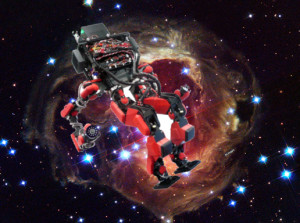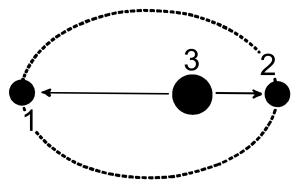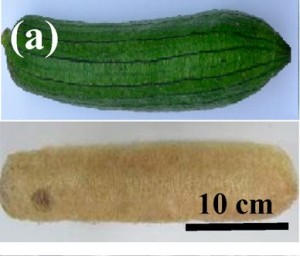This week on LASER, a super-sized cast discusses Semiconductor design/processing, Google robots and the DARPA robotics Challenge, a proposed form of space-based propulsion called e-sails, and the extension of the ISS mission until at least 2020!
2:00 we do some extended introductions this week, since we realized we haven’t ever properly given background information.
5:15 we allude to a story that was actually cut from this episode (stay tuned next week!)
6:00 introduction of the intended topic, “By Sci-Fi standards, Newest Robots may Disappoint”
10:15 discussion of radiation hardness and radiation sensitivity regarding defense contract work.
18:30 whats the main problem with lead-free solder?
24:30 Starting in for real on the DARPA Robotics Challenge , (our first planned story!)
27:00 Two major robotics companies google acquired were Schaft and Boston dynamics (their robots came in 1st and 2nd place)
28:30 Chase threatens a lawsuit against Boston Dynamics for stealing all their designs from his nightmares.
32:00 Atlas looks like a Max Headroom robot.
33:00 the points system for the DARPA Robotics Challenge
35:30 are our current AI systems good enough?
36:00 are our sensors good enough to have a real autonomous robot? no robotic skin!
39:52 the 2nd paper! “Fast E-Sail Uranus Entry Probe Mission” from the ArXiv preprint server. [Via]
42:30 *** I think so, but its neutral radially, so there are areas of positive and areas of negative charge, but the sum across an entire circle around the sun might be neutral.
46:55 a little anecdote about the pronunciation of Uranus
48:35 NO we aren’t talking about pseudoscience zero-point energy, these are legitimate vacuum fluctuations. The term has just been co-opted by pseudoscience types… maybe I should have said ‘vacuum fluctuations” instead. I don’t know how much “real” research has been done, but look at work by Dr. Harold White at NASA and his work in to Q-Thrusters, and look at http://www.nasa.gov/centers/glenn/technology/warp/possible.html#vac
51:50 the ISS mission has been extended to 202 instead of crashing it into the ocean in 2016!!!
52:40 the space station is super important for testing equipment that we want to use for more fancy space missions (like going to mars, or further!)
57:20 we attempt (poorly) to explain the Lagrange points again!
59:50 the very-long-term plan for an awesome space station is to build/launch ships from a space station (because its easier/cheaper!)
60:15 What got cut off is “planetary Resources” and Deep Space Industries, who are wanting to mine asteroids and refine ore in space!!!
61:00 NASA would also like to stop launching rockets, and instead hire companies to get to low earth orbit, and then they would do the far space exploration from there.
66:30 lots of cross-talk about a moon base!
Stay tuned after the show for some foreshadowing, when @ 71:27 Alex plans to get a burrito that would later give him food poisoning.
Music: (we had perfect storm today, where we could use two songs from the same artist!)
Intro: Open – Crying (Get Olde)
Song 1: STYX – Mr. Roboto
Song 2: STYX – Come Sail Away
Outro: Dreams are Maps – The Wild (Dreams are Maps)
Podcast: Play in new window | Download
Subscribe: Apple Podcasts | RSS











Recent Comments